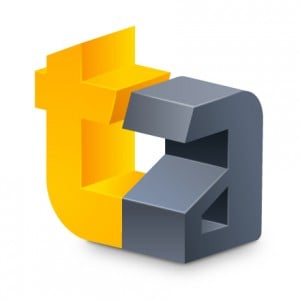 Hello, gentle readers, and welcome to the RPG Reload. This week, we’re concluding our little monthly project looking at the history of handheld RPGs. That means that we will not be taking a look at a specific RPG from the App Store’s past this time around. Last month, we took a look at the PlayStation Vita, a troubled system that has quite a respectable library of games. There are a lot of reasons it wasn’t able to take off in terms of sales, but the biggest one is probably that smartphones have swept the feet right out from under the dedicated handheld gaming market. One of the strongest regions for dedicated handhelds, particularly with regards to the adult demographic, is Japan, but that’s also one of the regions that has most quickly and thoroughly adopted smartphones as its gaming device of choice. That didn’t happen because of Final Fantasy ports and Kemco RPGs, though. Rather, it was through the smashing popularity of a new kind of RPG: the social RPG. In our final chapter, we’re taking a look at the free-to-play era of smartphone RPGs.
Hello, gentle readers, and welcome to the RPG Reload. This week, we’re concluding our little monthly project looking at the history of handheld RPGs. That means that we will not be taking a look at a specific RPG from the App Store’s past this time around. Last month, we took a look at the PlayStation Vita, a troubled system that has quite a respectable library of games. There are a lot of reasons it wasn’t able to take off in terms of sales, but the biggest one is probably that smartphones have swept the feet right out from under the dedicated handheld gaming market. One of the strongest regions for dedicated handhelds, particularly with regards to the adult demographic, is Japan, but that’s also one of the regions that has most quickly and thoroughly adopted smartphones as its gaming device of choice. That didn’t happen because of Final Fantasy ports and Kemco RPGs, though. Rather, it was through the smashing popularity of a new kind of RPG: the social RPG. In our final chapter, we’re taking a look at the free-to-play era of smartphone RPGs.
In total, this feature has spanned twelve columns, each one taking a look at a specific era in handheld RPGs. I hope you’ve enjoyed reading them as much as I’ve enjoyed researching and writing them! Please let me know what you think by commenting below, posting in the Official RPG Reload Club thread, or by tweeting me at @RPGReload. If you like this project and wish to support future endeavors like it, please consider contributing to the TouchArcade Patreon. It’s what makes these kinds of big features possible.
It should go without saying that tabletop, computer, console, handheld, and mobile games are all inextricably tied with each other in various ways. To consider how other platforms contributed to handheld RPGs in these articles would grow them well beyond the scope I’m able to deal with. I’ll be mentioning some influences here and there, but this is basically a disclaimer that I’m aware handheld RPGs don’t exist in a vacuum, in spite of the relatively narrow historical focus of these articles.
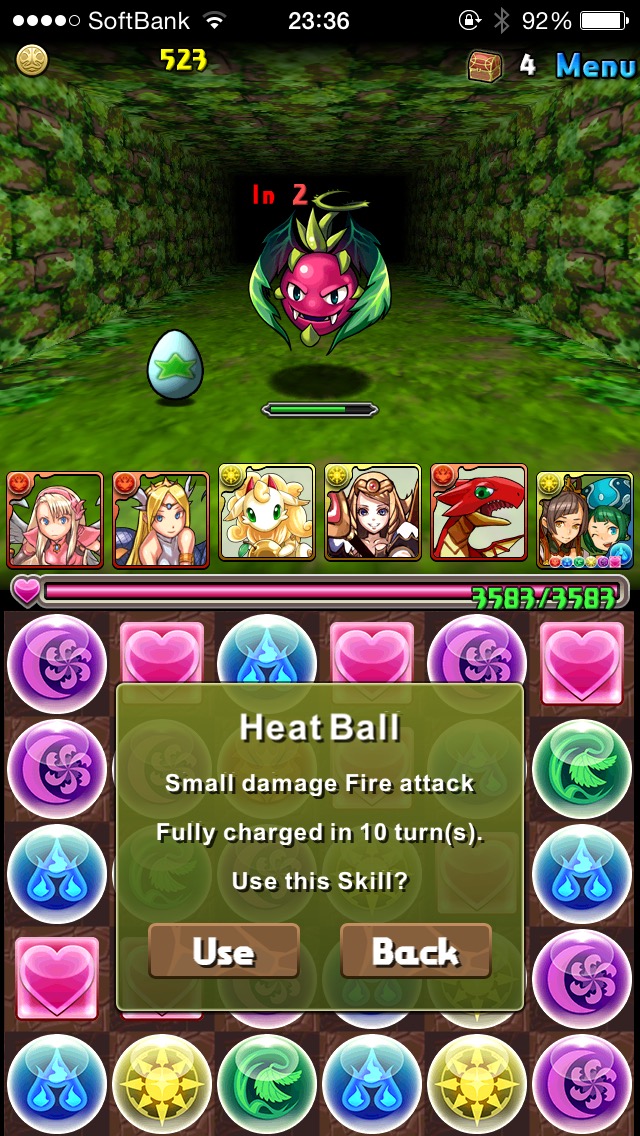
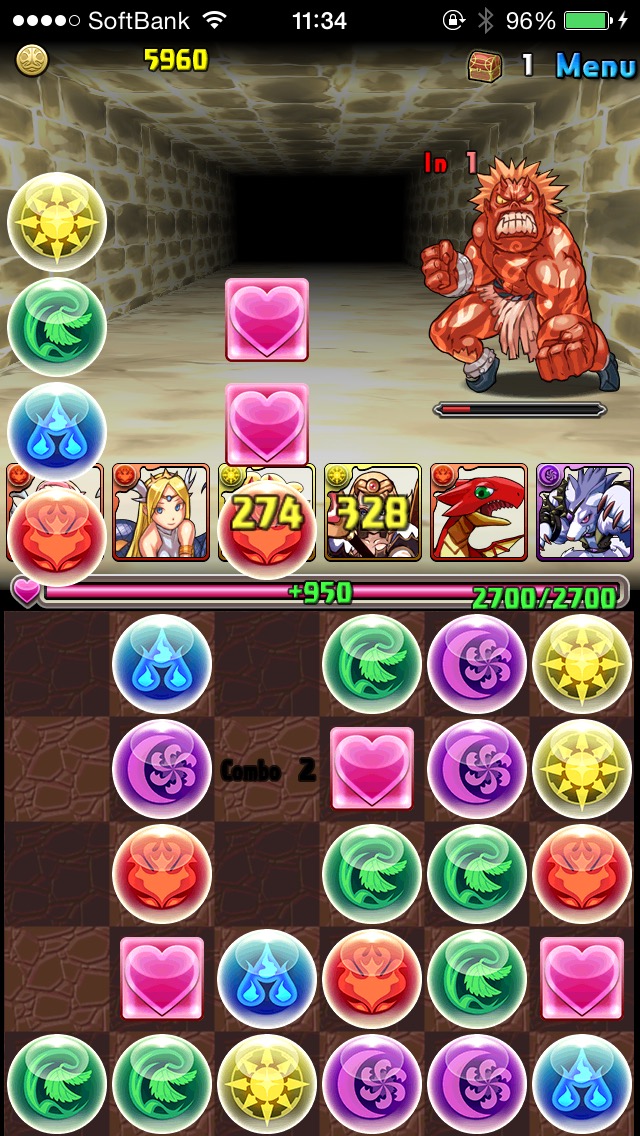
The History of Handheld RPGs, Part Twelve – The Puzzling Strike of Social RPGs
The first few years of smartphone gaming were, at least in Japan, not much more than a continuation of what had been happening with feature phones. Lots of relatively low-budget RPGs at palatable prices, with the occasional high-effort Square Enix release to spice things up. Elsewhere, where feature phone gaming hadn’t been quite so big, many people were enjoying playing reasonably high-quality mobile phone games for the first time ever. The open nature of the platform, combined with the hungry audience, meant that a lot of small developers could afford to take a swing at releasing games on the platform, which led to a number of enjoyable RPGs. Competition was driving the average price for a game down pretty quickly, however, which perhaps was a sign something was going to have to change. The most critical blow dealt to the premium model of gaming on smartphones was when Apple decided to allow free apps to have in-app purchases.
While in the West, the first games to really run with that pay model were puzzle games and builders, over in Japan, it was card collecting games that found the biggest success with the IAP-supported free-to-play model. It makes sense, as physical collectible card games have been extremely popular in Japan ever since their introduction. The first smash hit on smartphones in this genre was Konami’s Dragon Collection, a game that had you collecting cards and battling them against other players. The strategy was minimal, mostly coming down to who had the most powerful cards in their collection, but players didn’t seem to care much. The game ruled the top of the charts for more than half a year, leading to an animated TV series and numerous imitators.
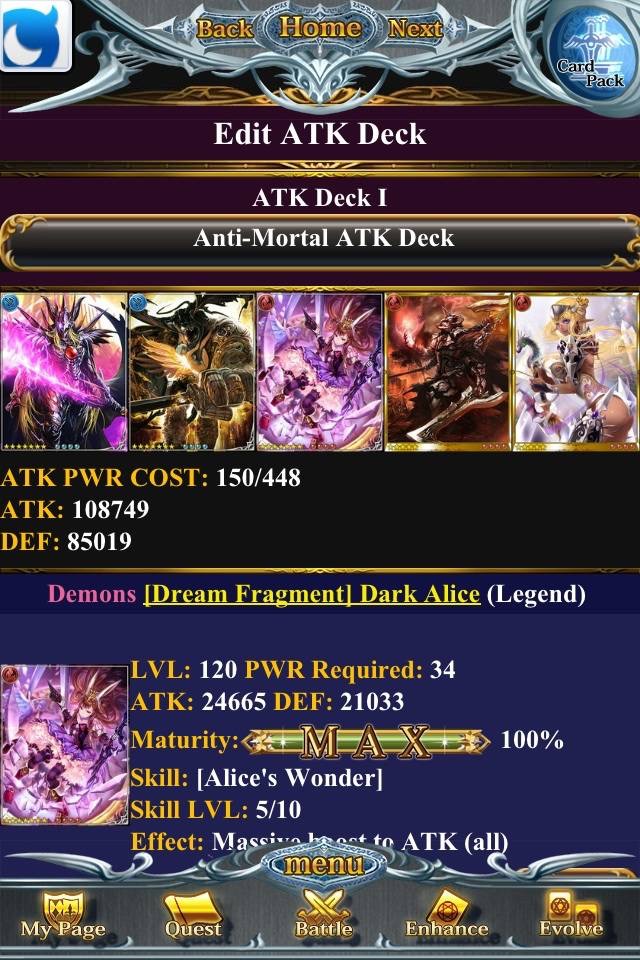 One such game was Rage of Bahamut, developed by CyGames in Shibuya, Tokyo. It was a major success in Japan, but in a rare case, it was also wildly successful overseas. There was definitely something to this genre, but while many seemed to enjoy the collection aspects, the dull gameplay was often a point of criticism. Even so, everyone was scrambling to make their own card game to try to take advantage of the boom. GungHo, a game developer and publisher that spawned out of an online auction site, decided to take a stab at it. There was just one problem, however.
One such game was Rage of Bahamut, developed by CyGames in Shibuya, Tokyo. It was a major success in Japan, but in a rare case, it was also wildly successful overseas. There was definitely something to this genre, but while many seemed to enjoy the collection aspects, the dull gameplay was often a point of criticism. Even so, everyone was scrambling to make their own card game to try to take advantage of the boom. GungHo, a game developer and publisher that spawned out of an online auction site, decided to take a stab at it. There was just one problem, however.
The CEO of GungHo, a hardcore gamer by the name of Kazuki Morishita, believed strongly in creating quality games and trusting the market to not let him down on the business end. In his opinion, the card games released on smartphones had been “crap". While he enjoyed the collection aspects, he felt the gameplay in such games was wanting, so he wanted his team to do something different. He put a young and relatively inexperienced guy by the name of Daisuke Yamamoto in charge of making a game that took all of the strong elements from card battling games and combined them with an unexpected, fun gameplay mechanic. No doubt, Morishita and Yamamoto had noticed the massive success of puzzle games internationally, as well.
Puzzle & Dragons entered development in August of 2011, releasing first in Japan in February of 2012 with scattered releases in other regions over the next few years. Within mere days of its launch in Japan, it hit the number one spot in the top grossing apps chart on the App Store. With only a few 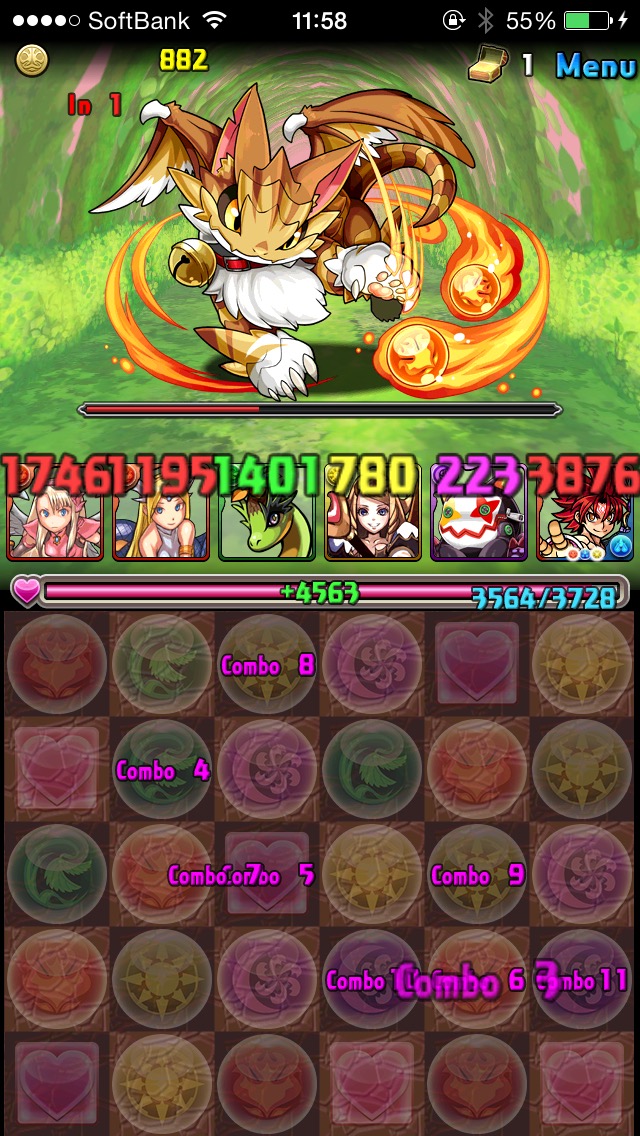 brief lapses, it has held that spot for over four years as of this writing. Like Pokemon had done before it, Puzzle & Dragons changed the face of mainstream gaming in Japan. It represents a huge pivot towards mobile, both for developers and players, one that is largely still in effect today. As Dragon Quest had done for the JRPG sub-genre, Puzzle & Dragons set down the blueprint for what a social RPG should look like. It didn’t take long for others to follow.
brief lapses, it has held that spot for over four years as of this writing. Like Pokemon had done before it, Puzzle & Dragons changed the face of mainstream gaming in Japan. It represents a huge pivot towards mobile, both for developers and players, one that is largely still in effect today. As Dragon Quest had done for the JRPG sub-genre, Puzzle & Dragons set down the blueprint for what a social RPG should look like. It didn’t take long for others to follow.
In a lot of ways, Puzzle & Dragons represents the culmination of everything we’ve been looking at. It’s easy to pick up and play in short bursts and put down when necessary, like Final Fantasy Legend. Its collection aspects are obviously heavily influenced by Pokemon. Its open-ended, mission-based structure is a nod to Monster Hunter Portable. The puzzle-RPG hybrid idea was likely drawn from Puzzle Quest. The idea of having a friend’s party leader in your group feels like it could have come from Dragon Quest 9. And like many of the most successful handheld RPGs before it, it feels perfectly designed both around its platform and its pay model. Indeed, if you strip away the free-to-play mechanics of Puzzle & Dragons, it loses something in the process.
After the release of Puzzle & Dragons, everyone came crashing in with their own take on this blossoming genre. Few of those games have managed to find much success outside of Japan, however. Many of them have never even tried. Even Puzzle & Dragons has had only modest success outside of Asia, so what hope does a competitor have? Whether we see them or not, however, the domestic success of these games has had an influence on handheld RPG development out of Japan. The most famous purveyor of JRPGs, Square Enix, has been chasing Puzzle & Dragons for years, sinking lots of money and effort into fumbling game after fumbling game. While they still fund a lot of homegrown efforts, they’ve recently taken to partnering with developers who have already had some success in the market.
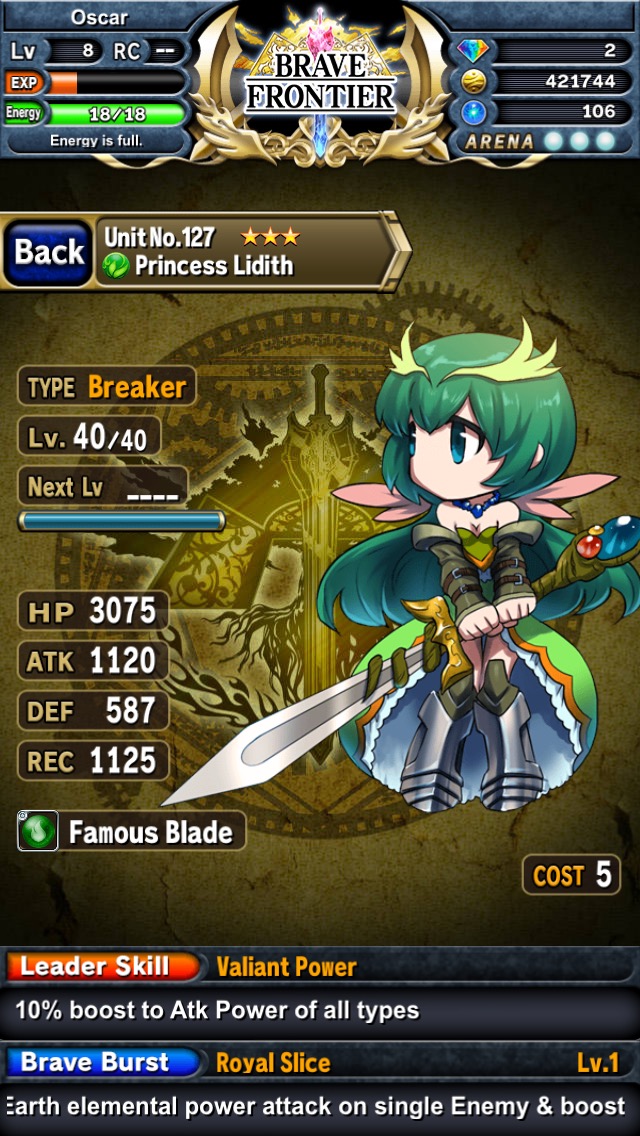 Gumi and Alim’s Brave Frontier is one of those successes. While it hasn’t occupied the mindshare of some other social RPGs, it’s one of the very few to actually find an audience worldwide. Its gameplay is quite limited, but in a familiar sort of way for JRPG fans, and the artwork is dynamite. The developer recently worked with Square Enix to create a Final Fantasy-flavored Brave Frontier, and it’s perhaps one of the more elaborate social RPGs yet. They’ve also partnered with DeNA to create Final Fantasy: Record Keeper, another relatively decent hit worldwide. It combines the usual social RPG metagame with an extremely faithful rendition of the classic Final Fantasy battle system. It’s a fairly deep game, and another example of how the social RPG genre has slowly been evolving over the years.
Gumi and Alim’s Brave Frontier is one of those successes. While it hasn’t occupied the mindshare of some other social RPGs, it’s one of the very few to actually find an audience worldwide. Its gameplay is quite limited, but in a familiar sort of way for JRPG fans, and the artwork is dynamite. The developer recently worked with Square Enix to create a Final Fantasy-flavored Brave Frontier, and it’s perhaps one of the more elaborate social RPGs yet. They’ve also partnered with DeNA to create Final Fantasy: Record Keeper, another relatively decent hit worldwide. It combines the usual social RPG metagame with an extremely faithful rendition of the classic Final Fantasy battle system. It’s a fairly deep game, and another example of how the social RPG genre has slowly been evolving over the years.
There have been a couple of strong challengers to the throne of Puzzle & Dragons. Mixi’s Monster Strike, a summer 2013 release, has been one of the tougher contenders, even stealing the top spot on occasion. Its main feature is a four player co-op mode that has now been adopted as a standard of the genre by many games that followed. Like Puzzle & Dragons, this game was popular enough to merit a 3DS spin-off game that fleshed the game out into a more fully-featured RPG. Colopl Rune Story has also been a fixture in the top grossing charts since its release in 2014, and recently, CyGames’s Granblue Fantasy has been tearing up the rankings. These games all add their own twists and additional layers of complexity on the social RPG formula while maintaining the ease of use and short-burst gameplay that helped make the genre so popular with busy people.
On the Western front, things went in a slightly different direction in the wake of Rage of Bahamut‘s success. Whereas Japanese developers by and large decided to keep the collection and combination aspects of card battlers and ditch the card battles themselves, Western developers opted to simply improve the card battling instead of tossing it out. Collectible card games with deep rules had already established themselves in the premium smartphone market through the efforts of companies like Playdek, so it didn’t take a huge push to get things going on the free-to-play side. Big names like Magic: the Gathering gave it the old college try, but no one really struck gold until Blizzard released their Warcraft-themed Hearthstone in spring of 2014. It’s certainly debatable whether or not such games should be considered as RPGs, but they’re at least in the wheelhouse.
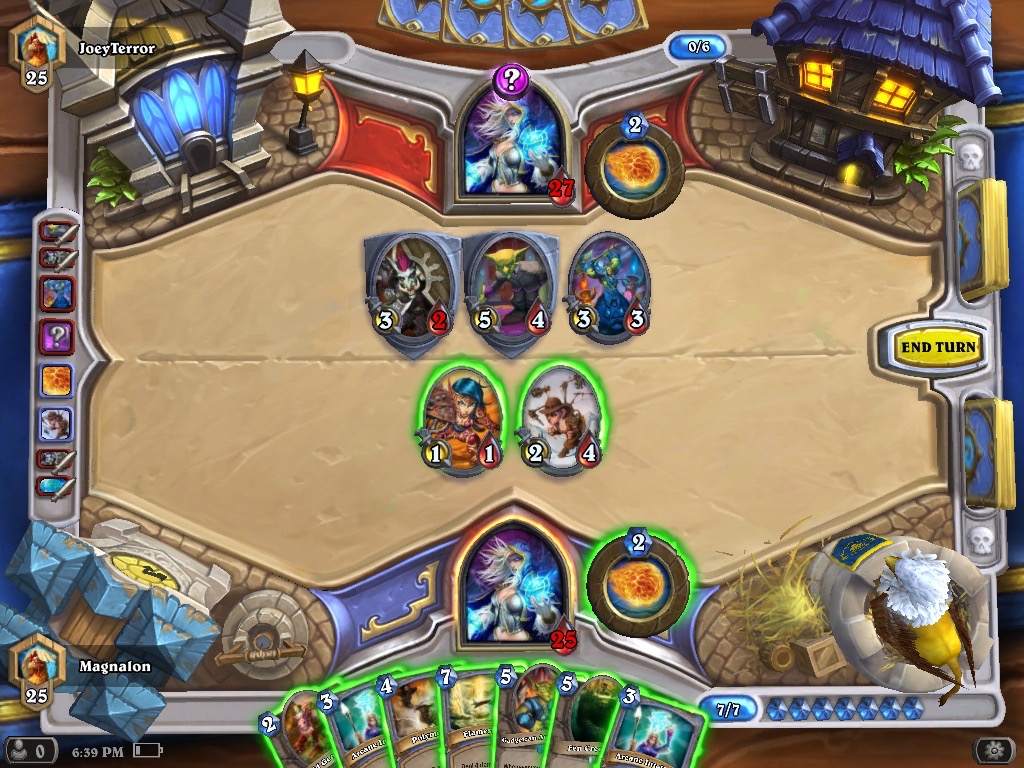
The truth is that on the Western side, games that adopt RPG elements have made a more successful transition to free-to-play than the actual RPGs have. Gameloft has had some success with converting its Diablo clone Dungeon Hunter to a free-to-play model, and its MMO Order & Chaos Online has a dedicated following, but no one has found a good way to convert the feeling of playing something like a Bioware or Bethesda RPG into a free-to-play format. Western gamers are still spending a lot of time leveling up and grinding, but they’re doing it in city builders, shooters, fighting games, and other genres. This seems to reflect regional tastes in RPGs on the whole. While Western RPGs are increasingly becoming huge, sweeping epics with giant worlds and tons of side-content, Japanese RPGs are becoming more and more streamlined and mechanically-focused. One of those styles fits a free-to-play mobile model well, the other, not so much.
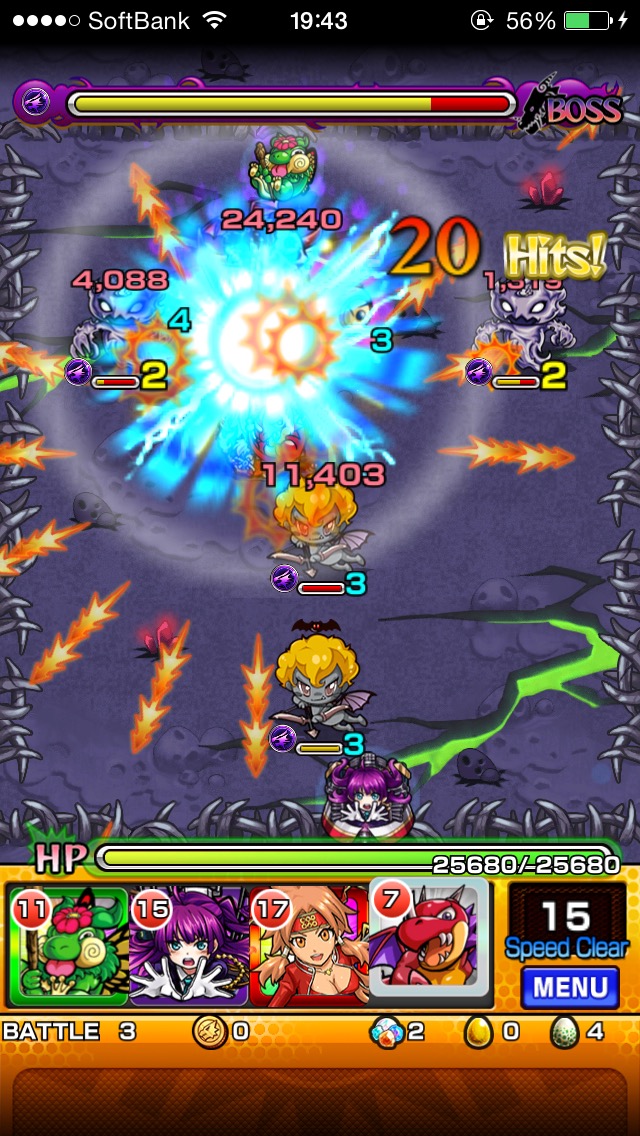 It’s been interesting to see the refinement of the social RPG genre over time. While Puzzle & Dragons still stands tall, the quality of the average social RPG has risen dramatically in the last few years. Having come to terms with the economic situation of the modern games industry, developers are doing what they’ve always done best: finding ways to maximize fun for the player while working within the budgetary limitations set in front of them. Today’s social RPGs are considerably less exploitative than their predecessors, offering a good gaming experience even for free players. There’s simply too much competition in the Japanese market for anyone to try to get away with turning the screws on the players too hard. That hasn’t stopped certain parties from trying, but their games rarely make much of an impact in the long run.
It’s been interesting to see the refinement of the social RPG genre over time. While Puzzle & Dragons still stands tall, the quality of the average social RPG has risen dramatically in the last few years. Having come to terms with the economic situation of the modern games industry, developers are doing what they’ve always done best: finding ways to maximize fun for the player while working within the budgetary limitations set in front of them. Today’s social RPGs are considerably less exploitative than their predecessors, offering a good gaming experience even for free players. There’s simply too much competition in the Japanese market for anyone to try to get away with turning the screws on the players too hard. That hasn’t stopped certain parties from trying, but their games rarely make much of an impact in the long run.
That’s why I’m still optimistic for the future of handheld RPGs. There’s no question the free-to-play model has devastated the premium RPG market on smartphones. Similarly, mobile gaming has taken a massive bite out of the dedicated handheld market. Things are going to be different than we were used to. That doesn’t have to be a bad thing, though. Traditional RPGs are still being made on other platforms, and we even get fairly frequent ports and the occasional original premium game on iOS. I think we can afford to let developers run with the concept and see how far they can take it. There have been some growing pains, and we’re surely due for more, but it’s also kind of exciting watching a genre evolve. Handheld RPGs have become their own beast after many years of simply aping their bigger brothers. I just wish they would start putting endings in these social RPGs. That said, if there’s one sentiment I understand all too well, it’s the one that says that endings are hard.
Shaun’s Five For The Free-to-Play Smartphone Era
For each part of this series, I’ll be selecting five notable or interesting titles to highlight. If you’re looking to get a good cross-section of the era in question, these picks are a good place to start.
Puzzle & Dragons – While this wasn’t the first social RPG, nor the first big mobile hit in Japan, it’s definitely the most significant one. It’s been sitting at or near the top of revenue charts in Japan for years, has spawned an anime series and three spin-off games on the Nintendo 3DS, and has solicited collaborations with everyone from Mario to Batman. You can chalk it up to marketing, but the truth is that Puzzle & Dragons is a really well-designed game. It’s a great example of how a game crafted around the free-to-play pay model can still be a lot of fun.
Brave Frontier – Aside from Puzzle & Dragons, very few social RPGs have had much luck in the worldwide market. Brave Frontier is one of the ones that broke that barrier. While it has a pretty nasty paywall after you get to a certain point of the game, its gorgeous presentation and simple, yet enjoyable mechanics make it worth playing around with for at least a little while.
Dungeon Hunter 5 – Generally speaking, when it comes to free-to-play RPG variants, Western countries have favored card games over more traditional fare. Dungeon Hunter is a rare exception, providing a fairly enjoyable Diablo-like experience. Its recent monetization system and other free-to-play components have turned off many fans of the earlier installments, but Dungeon Hunter 5 nevertheless has its followers.
Monster Strike – The game has fallen on its face worldwide, but in Japan, it remains one of the very few games to give Puzzle & Dragons a run for its money on the charts. When you think about why it’s good, it makes sense that it didn’t quite catch on in larger countries. The local co-op play is what got this game the bulk of its attention, and that’s something that just isn’t as likely to happen outside of Japan. It’s still fun enough solo to spend a bit of time and energy on, though, and if nothing else, it’s kind of neat to see what kind of game the producer of Street Fighter 2 is working on these days.
Final Fantasy: Record Keeper – Square Enix has made a lot of attempts at launching a hit social RPG. Many of them involve the Final Fantasy name. None of them have really made much of a dent besides this excellent collaboration with DeNA. Maybe it’s the nostalgia of the old sprites. Perhaps it’s the familiar, yet highly strategic battles. Whatever the case, Record Keeper is a lot of fun, requires a surprising amount of skill and strategy, and is worth checking out as an example of a Final Fantasy social RPG that actually went over well.
That’s all for our on-going History Of Handheld RPGs feature. Please let me know what you think by commenting below, posting in the Official RPG Reload Club thread, or by tweeting me at @RPGReload. As we head into the third year of the RPG Reload, some changes are afoot. One week of each month will now be dedicated to the new Classic Reload, which gives the RPG Reload treatment to a non-RPG. Replacing this particular history feature will be monthly interviews with a variety of iOS RPG developers. As for me, I’ll be back next week with a look at Infinity Blade 2 ($6.99). Thanks as always for reading!
Next Week’s Reload: Infinity Blade 2